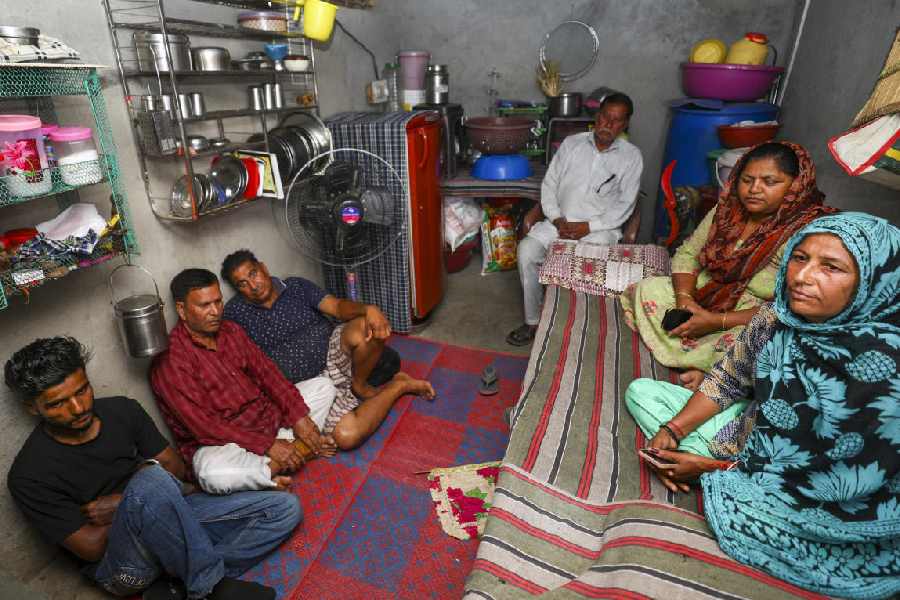 |
| ray of hope |
New Delhi, March 6 (Reuters): The Dalai Lama has thrown a lifeline to India’s dwindling tiger population after an emotional appeal to outlaw the trade in animal skins provoked an extraordinary reaction in his homeland.
All over Tibet, there have been reports of people burning wild animal furs since the Dalai Lama made his appeal at a Buddhist prayer meeting in Amravati in Maharashtra in January.
Thousands of Tibetans attended the festival and many carried the Dalai Lama’s words back to their homeland.
Conservationists say there has been a sharp rise in the poaching of tigers and leopards in India in recent years to feed an explosion of demand from Tibet. They say the tiger faced wipe-out in India as a result.
But now there is renewed hope.
“The reaction of the Tibetan people, now they have been made aware of the results of their actions ? it gives a little bit of light at the end of the tunnel for the Indian tiger,” said Belinda Wright of the Wildlife Protection Society of India.
An ancient tradition of wearing animal furs seemed to have been revived in Tibet in recent years, partly perhaps as a result of greater disposable income.
Since December 1999, 18 of 19 major seizures of wildlife parts or skins in India either involved Tibetans or were strongly linked to Tibet, said Wright.
In January, the Dalai Lama said he was “ashamed” to see images of Tibetans decorating themselves with skins and furs. “When you go back to your respective places, remember what I had said earlier and never use, sell or buy wild animals, their products or derivatives,” he told pilgrims at the Kalachakra, an initiation ceremony for Buddhists in Amravati.
Chinese authorities initially reacted with suspicion to the burning of skins, apparently seeing it as an expression of support for the Dalai Lama.
Eight Tibetans have been detained since late February in Sichuan province for carrying out the burning “under foreign influences”, according to Radio Free Asia, a US government-funded station.
A Tibetan delegate to China’s parliament denied reports of fur burning.
“There is no such problem,” said De Ji, a delegate from Shannan prefecture, south of the Tibetan capital Lhasa.
But Wright said the Chinese had taken some steps to outlaw the multi-million dollar trade in the past few days, which had until now been carried on openly on the streets and in the markets of Tibet.
“Frankly, the only country that hasn’t reacted is India. It has done nothing to clamp down on the illegal wildlife trade.”
India has ordered a tiger census after reports emerged last March that the entire population of up to 18 tigers in a sanctuary in western India had been killed by poachers.
A census in 2002 counted 3,642 tigers.
Wright said she saw 83 fresh tiger skins and thousands of fresh leopard skins on a trip to Tibet last year. In one street alone, in Linxia in Gansu province, she counted 163 leopard skins, most or all from India, on open display.










